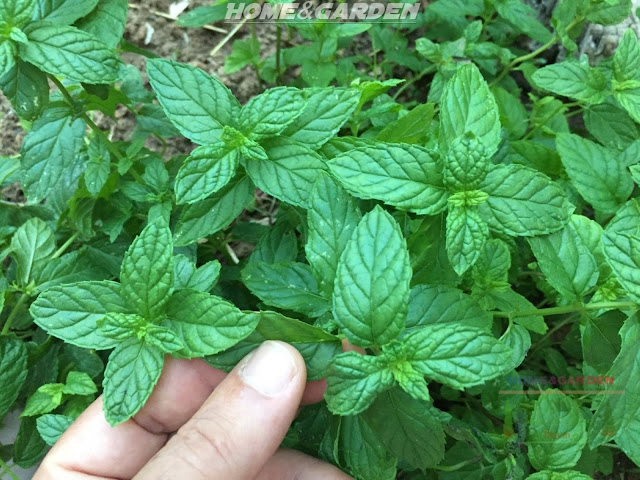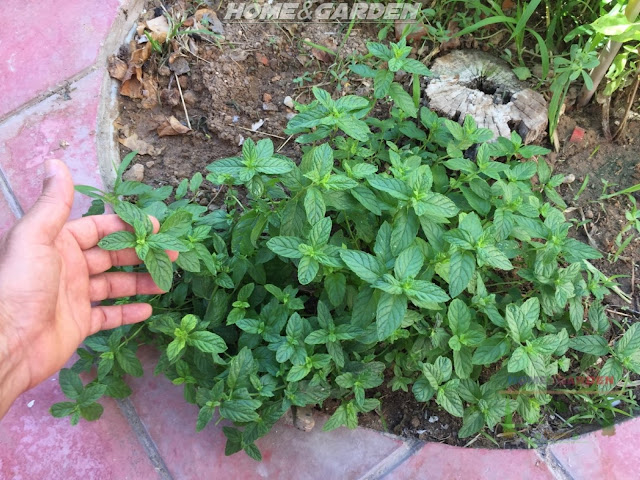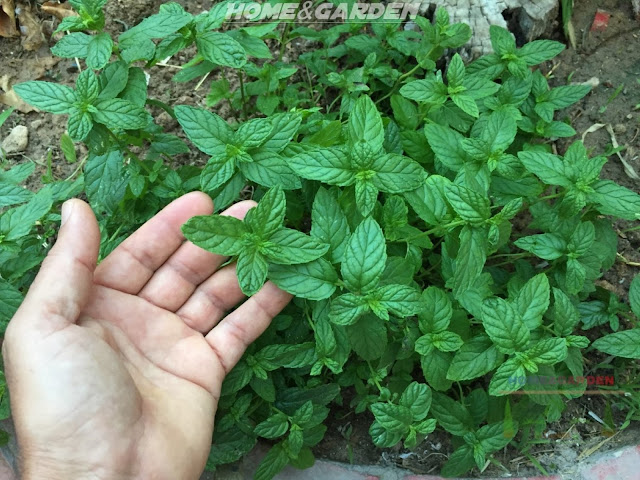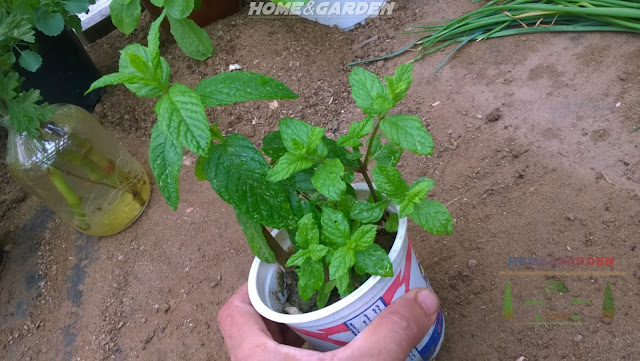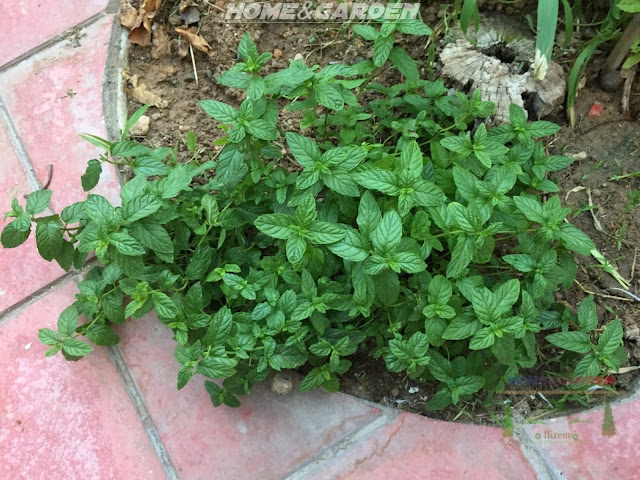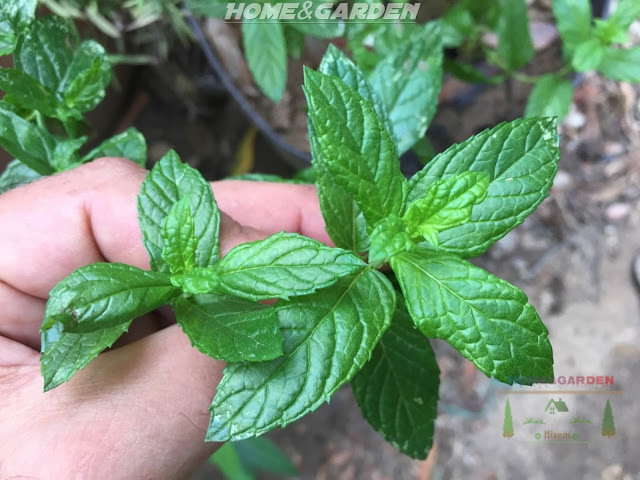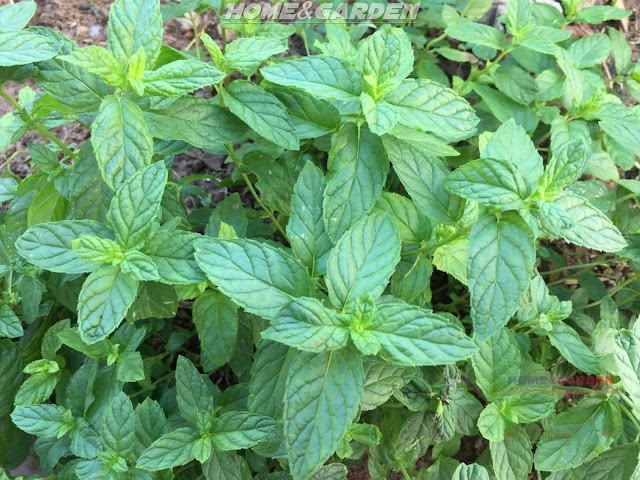Mint is a genus of the broader mint family, Lamiaceae, which also includes many of our favorite culinary herbs, like oregano, thyme, lavender, and sage. Mint is a perennial herb grown for its leaves. Mint comes in many different varieties, each of which is easy to maintain and lasts for many years if cared for properly. All types of mint are fast growing, spreading plants, so you must give them a place to spread without getting in the way, or simply plant them in a pot.
Mint sends out runners that spread above and just below the ground, quickly forming large, lush green patches. Mint should be planted in sun or partial shade with high moisture. It grows vigorously, so be careful where you plant it. You can cut it frequently to keep it in control. Mint is really the perfect place to begin as you build your herb garden. It's so easy to grow .
It is best to buy mint as young plants in spring. When you purchase mint plants. Carefully check plants before buying to ensure they are healthy and show no signs of disease. Rust is a common fungal disease of many plants that can be recognised by orange, yellow or black spots that form on leaves, along with pale and distorted stems. Leaves can fall and in severe cases, the plants will eventually die.
Mint is really the perfect place to begin as you build your herb garden. It's so easy to grow . Mint should be planted in the spring and performs its best in full sun, as long as the soil is kept moist, but it also thrives in partial shade. When choosing a location for your mint, find one where the plant will receive morning sun and partial afternoon shade.
Mint is considered an invasive plant, since it sends out "runners" and spreads vigorously. Be careful where you plant it. You can cut it frequently to keep it in control. Mint will spread all over the place if planted straight into the ground. This is why it is a good idea to plant it in a large pot filled with organic compost. Be careful to keep your mint container from flopping over and touching the ground. Their Stems will root quickly if given the chance.
How to Harvest Mint
Mint can be harvested as soon as it comes up in spring, as young leaves have more flavor than old ones and frequent harvesting is the key for keeping mint plants at their best growth. Start harvesting mint leaves once the plants have multiple stems that are about 6 to 8 inches long. Never more than one-third of the plant at any time Snip sprigs and leaves as needed. This will encourage them to send out fresh new foliage again and to extend the harvesting season, pinch off the flowering buds as they appear.
Mint Plant Care
Make sure the soil is fertile and drains well. Mint plants love moisture, but if soil drainage is not adequate, the roots will suffocate and the plants will die. Amending soils with perlite or sand can increase aeration and keep mint roots from becoming waterlogged. Mint plants will also benefit from soil that has been mixed with aged compost, such chicken manure. Space plants 12 to 18 inches apart in the garden. Pinch off the tips of the stems, throughout the growth months. This makes your plant bushier and less leggy.
I hope this post has inspired you to grow mint!
Big collection of mint plants and seeds from Here!
DISCLOSURE
Some of the links to products on this site are affiliate links. I do make a small commission (at no extra cost to you) from these sales. aromatic-herbs-growing is a participant in the Amazon Services LLC Associates Program, an affiliate advertising program designed to provide a means for sites to earn advertising fees by advertising and linking to amazon.

